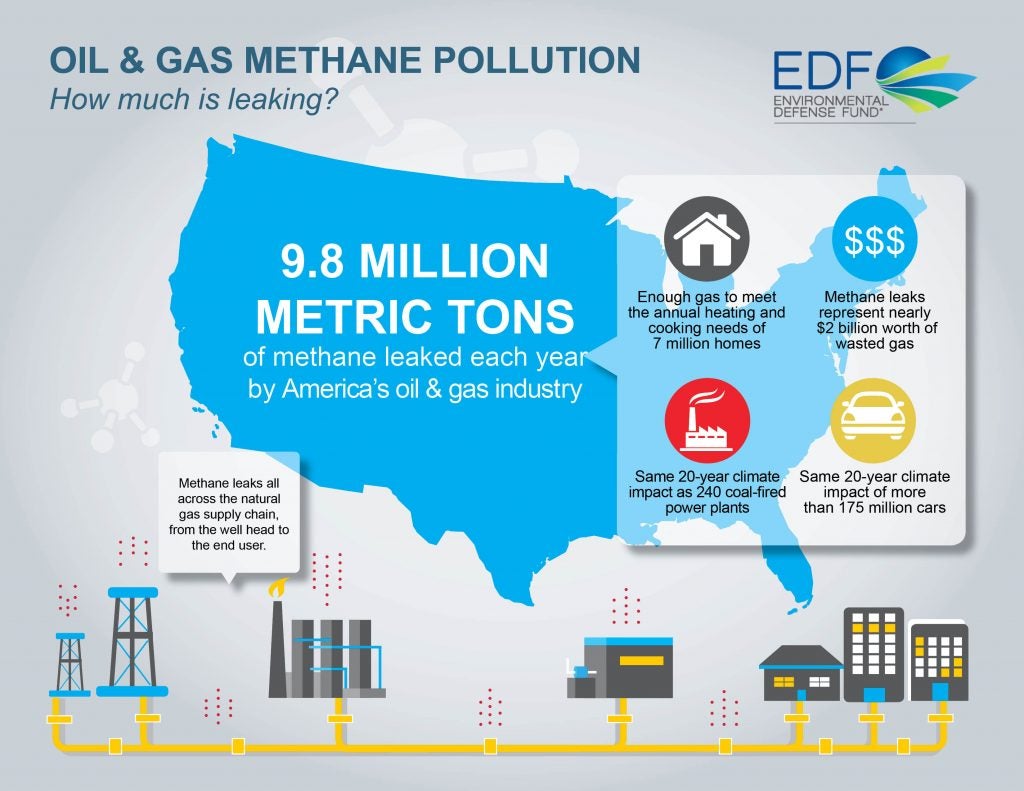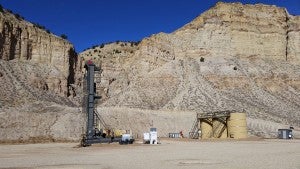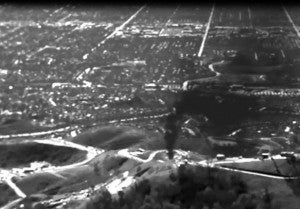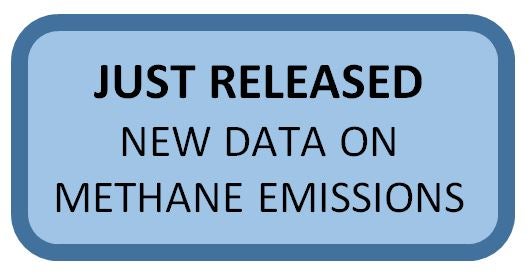This week sees the release of new figures from the U.S. Greenhouse Gas Emissions Reporting Program (GHGRP), which includes self-reported, large facility-level emissions data for 2015.
The good news is that methane pollution from the oil and gas industry is down slightly, thanks to a combination of stronger safeguards starting to take effect, along with a decline in new drilling projects due to an overall market cooling.
Operators report that methane pollution from onshore oil and gas production is down about 3.8% in 2015 from 2014. However, overall greenhouse gas emissions from all reporting segments in the oil and gas sector are only down 1.6%.
Sensible methane standards are starting to work
Some in industry will undoubtedly point to the new numbers as evidence that new emission rules are unnecessary. In fact, the figures show that sensible safeguards are responsible for much of the progress. Read More











 After several years of collaboration among regulatory experts from across the country, the Groundwater Protection Council (GWPC), recently
After several years of collaboration among regulatory experts from across the country, the Groundwater Protection Council (GWPC), recently 


